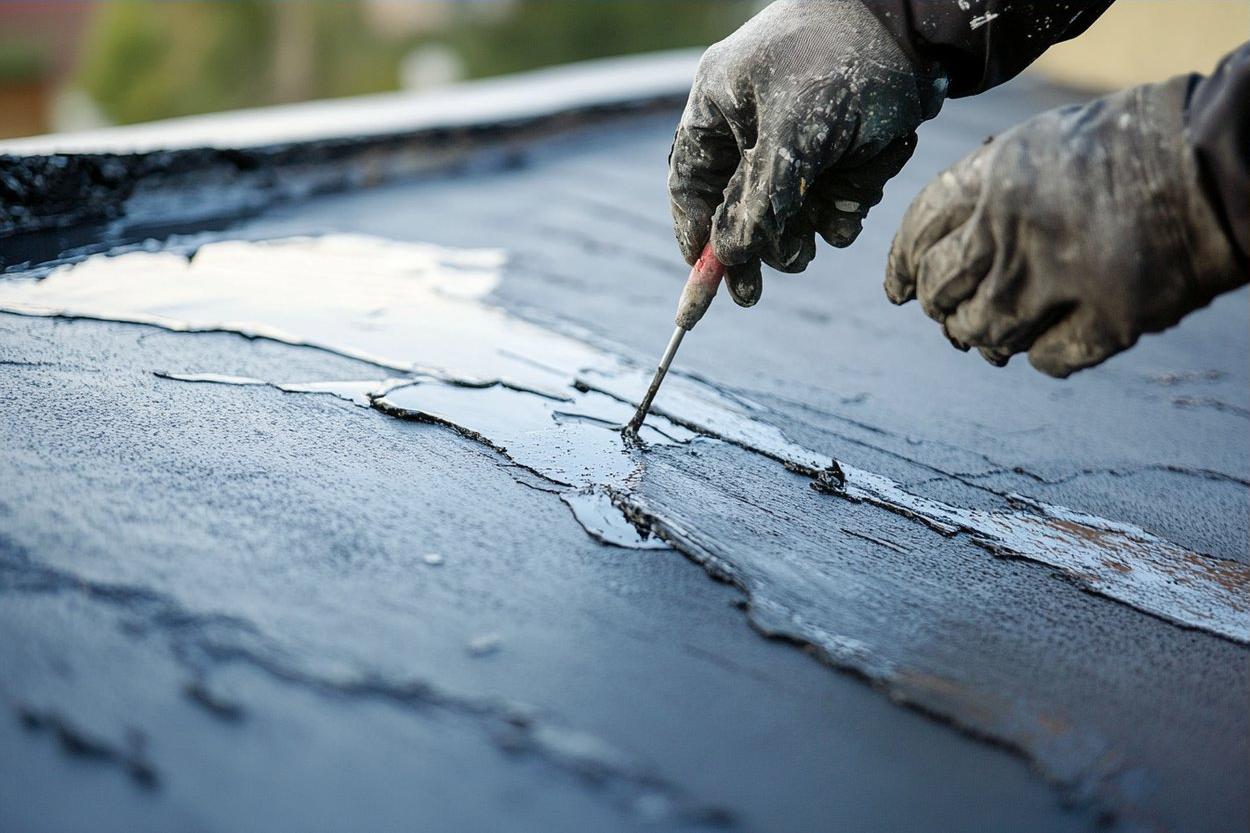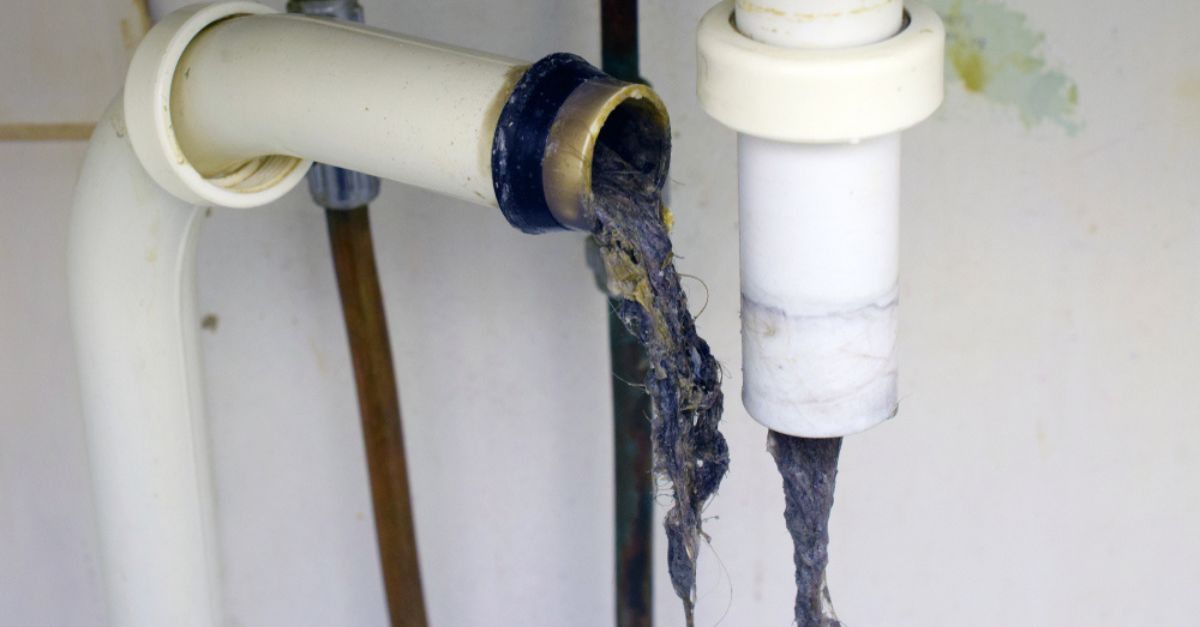Comprehensive Waterproofing and Water Leak Repair Solutions for Lasting Protection
Effective waterproofing and leak repair are essential for maintaining a dry and secure home. From basement encapsulation to foundation sealing, homeowners across the U.S. — including areas like St. Louis — rely on professional water barrier systems to protect their properties. This article explores trusted approaches, materials, and service options that help safeguard basements and foundations from costly water intrusion.

Water infiltration poses one of the most significant threats to residential and commercial structures. Whether through foundation cracks, basement seepage, or roof deterioration, unwanted moisture can cause extensive damage that escalates quickly without proper intervention. Modern waterproofing solutions offer comprehensive protection by creating multiple layers of defense against water penetration, while targeted repair strategies address existing leaks before they worsen.
What Makes a Water Barrier System Effective?
A water barrier functions as the first line of defense against moisture intrusion, creating an impermeable shield between structural elements and external water sources. Effective barrier systems typically incorporate multiple components working together: membrane layers that prevent water molecules from passing through, drainage channels that redirect water away from vulnerable areas, and sealants that close gaps where water might otherwise enter. The most reliable systems use redundant protection, ensuring that if one layer is compromised, additional barriers continue providing protection. Modern materials like rubberized asphalt, polyethylene sheeting, and spray-applied membranes offer superior performance compared to traditional tar-based products. Installation quality matters as much as material selection, since even premium products fail when improperly applied. Professional assessment helps identify which barrier type suits specific conditions, considering factors like soil composition, water table levels, and structural design.
How Does Basement Encapsulation Protect Your Foundation?
Basement encapsulation creates a controlled environment that prevents moisture from entering living spaces while protecting structural components from water damage. This comprehensive approach involves sealing walls and floors with vapor barriers, installing drainage systems to manage groundwater, and often incorporating dehumidification equipment to maintain optimal humidity levels. The encapsulation process typically begins with addressing existing water intrusion points through foundation sealing and crack repair. Once active leaks are resolved, technicians install heavy-duty vapor barriers across all below-grade surfaces, overlapping seams and securing edges to prevent moisture migration. Interior drainage systems, often called French drains, collect water that reaches the foundation and redirect it to sump pumps for removal. The result is a dry, usable basement space protected from the dampness that leads to mold growth, musty odors, and structural deterioration. Encapsulation proves particularly valuable in regions with high water tables or clay soils that retain moisture.
What Water Leak Repair Methods Deliver Permanent Solutions?
Addressing water leaks requires identifying the source, understanding the underlying cause, and implementing repairs that prevent recurrence. Surface treatments may provide temporary relief, but lasting solutions address root problems. For foundation cracks, epoxy or polyurethane injection fills voids and creates waterproof seals stronger than surrounding concrete. Exterior excavation and waterproofing, while more invasive, provides the most reliable long-term protection for severe foundation issues. Roof leaks demand different approaches depending on the roofing material and damage extent. Missing or damaged shingles require replacement, while flat roof membranes may need patching or complete resurfacing. Flashing failures around chimneys, vents, and skylights often cause leaks that appear unrelated to these penetrations, making professional diagnosis valuable. Plumbing leaks within walls or under slabs may require pipe replacement or rerouting. Advanced detection methods like thermal imaging and moisture meters help locate hidden leaks before they cause visible damage. The most effective repair strategies combine immediate leak stoppage with preventive measures that address conditions contributing to the original failure.
Why Is Foundation Sealing Critical for Structural Integrity?
Foundations bear the entire weight of structures while resisting soil pressure, moisture, and temperature fluctuations. Water penetration through foundation walls or floors undermines this critical function by weakening concrete, corroding reinforcement, and creating pathways for further deterioration. Foundation sealing creates waterproof barriers that protect against these threats. Exterior sealing involves applying waterproof coatings or membranes to the outside foundation walls, often combined with drainage systems that reduce hydrostatic pressure. This approach prevents water from ever contacting the foundation, offering superior protection. Interior sealing manages water that reaches foundation walls by directing it to drainage systems before it enters living spaces. Crystalline waterproofing products penetrate concrete pores and react with moisture to form insoluble crystals that block water passage while allowing concrete to breathe. Proper foundation sealing extends structural lifespan, prevents costly repairs, and maintains property value by eliminating moisture-related problems.
What Should Property Owners Know About Basement Waterproofing St. Louis?
The St. Louis region presents unique waterproofing challenges due to its climate patterns, soil composition, and geological characteristics. Clay-heavy soils common throughout the area retain moisture and expand when wet, creating pressure against foundation walls. Seasonal rainfall variations, combined with occasional flooding from nearby waterways, increase water intrusion risks. Local building practices and foundation designs reflect these conditions, but older structures may lack adequate waterproofing by modern standards. Property owners in the St. Louis area should prioritize comprehensive waterproofing strategies that address both surface water and groundwater threats. Professional waterproofing contractors familiar with regional conditions can recommend solutions tailored to local challenges. Interior and exterior drainage systems prove particularly valuable in managing the high water tables common in low-lying areas. Regular maintenance, including gutter cleaning and proper grading around foundations, helps prevent problems before they require major interventions. Understanding regional risks allows property owners to implement proactive measures rather than reactive repairs.
Conclusion
Comprehensive waterproofing and effective leak repair form the foundation of property protection strategies that preserve structural integrity and prevent costly damage. From advanced water barrier systems to complete basement encapsulation, modern solutions offer reliable defense against moisture intrusion. Addressing leaks promptly with appropriate repair methods prevents minor issues from escalating into major problems. Foundation sealing and regional considerations, such as those specific to areas like St. Louis, ensure protection strategies match local conditions and challenges. Property owners who invest in quality waterproofing and maintain vigilance against water intrusion protect their investments while creating healthier, more comfortable living and working environments.




